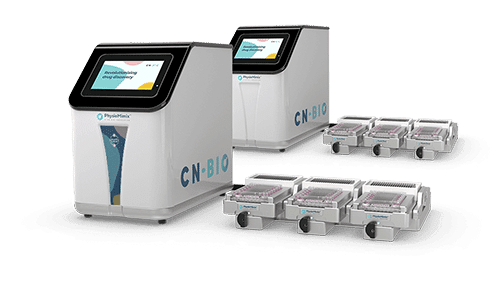Resource > Application notes >
Connecting the gut and liver
A human relevant dual-organ microphysiological system connecting the gut and liver for preclinical profiling of oral bioavailability
Filed under: ADME and Drug bioavailability

Video content if present
Connecting the gut and liver in vitro to simulate human processes using microphysiological Systems (MPS) can improve ADME and bioavailability estimations. ADME and bioavailability are central in determining the safety and toxicology profiles of compounds and are therefore crucial preclinical drug development measurements.
A combination of animal models and simple in vitro assays that either model the gut (Caco-2 cell line) or the liver (liver microsomes) are currently used to profile oral bioavailability, but all suffer from limitations that affect the accuracy of their estimations. Inter-species issues mean that in vivo data weakly correlates with humans, whereas in vitro assays have absent or low levels of metabolic enzyme expression, and they are run in isolation, which limits their ability to accurately report first pass metabolism and bioavailability.
Here we introduce a new dual-organ MPS that links a primary human jejunum model (RepliGut® planar – jejunum) with a primary human liver model using the PhysioMimix®Multi-organ System. The Application Note describes the estimated bioavailability of two drugs: Temocapril and Midazolam using the new primary human RepliGut/Liver MPS and our original Caco-2 Gut/Liver MPS following oral and IV dosing. Temocapril, is a pro-drug that is designed to be resistant to intestinal hydrolysis and Midazolam is known to undergo intestinal clearance. These drugs were chosen as traditional models failed to adequately predict their human ADME behavior.
By generating more human-relevant data earlier in drug discovery, the study demonstrates how potential issues can be flagged and addressed before costly preclinical in vivo studies and how the use of multi-organ models, comprised entirely of primary human cells, can be used to overcome the correlation issues of animal models.
Bridging the gap between in vitro assays and in vivo studies, the Gut/Liver model enables researchers to confidently progress only the most promising drug candidates to reduce cost and the number of animals required.


